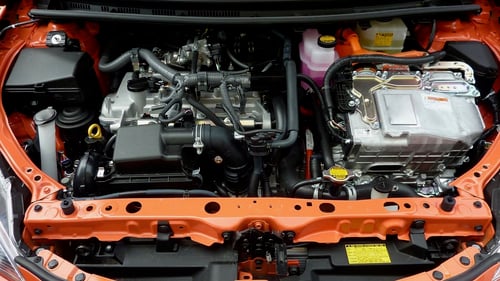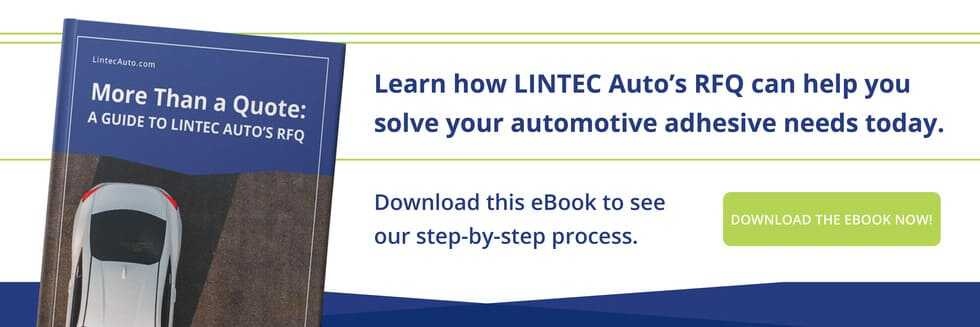The engine bay is a tricky design problem for automotive labels. The engine compartment gets grimy, and temperatures can rapidly fluctuate between hot and cold. Weather conditions and exposure to greasy solvents or harsh chemicals also put your labels at risk.
Some of the forces engine bay protective tapes and vehicle information labels contend with over their extremely long service life can include:
- Motor oil
- Intense sun & engine heat
- Freezing cold, frost, and ice
- Spray or runoff from rain
- Grease and grime
- Road salt
- Engine coolant
- Brake and washer fluids
- Antifreeze
- Gasoline
Through it all, these industrial strength adhesives need to remain clearly legible and permanently adhered. But these dangers are still only part of the problem.
Engine Materials Are Changing
Modern engines are no longer all metal and rubber. Composites, plastics, and aluminum have become common under the hood, and manufacturers expect the adhesives to perform equally well on all of these substrates.
The most significant challenge presented by these sleek, easy-to-clean new materials is that they include Low Surface Energy (LSE) plastics, which are innately resistant to automotive labeling. Many parts are also irregularly shaped (curved, textured), which doesn’t make adhesion any easier. LSE substrates are an issue because:
- Traditional rubber adhesives bond poorly to them
- Many acrylic adhesives aren’t tacky enough to stick (due to engine conditions)
- Some of these substrates are thermoplastics that outgas (creating bubbles/blisters)
So what should an automaker look for when purchasing industrial automotive adhesives and films? What materials are durable enough for the stressors of the engine bay and resistant enough to withstand engine contaminants?
High-Performance Industrial Acrylics
The best acrylic adhesive layers are formulated specifically to bond to high and low surface energy substrates (like polypropylene). They can also maintain adhesion both on a smooth surface and when the substrate is textured, contoured, slightly oily, or powder-coated. As a permanent adhesive, high-grade acrylic’s excellent tolerance of chemicals—even in relentless heat—is also valuable. Automotive labels with acrylic adhesives can handle wide temperature fluctuations, in some cases remaining firmly adhered as low as -40 °F or even higher than 300 °F.
Polyvinyl Chloride (PVC) Label Ribbon
Raw PVC’s heat resistance is not ideal (topping out at about 140 °F before distortion), so heat stabilizers are added to automotive-grade PVC-based label backings to enable them to stand up to the blazing temperatures of the engine compartment. The primary attraction of PVC as a core or backing film is its superior chemical resistance, including corrosive acids, bases, salts, oils, alcohols, and more. However, acetone or tetrahydrofuran may damage PVC and compromise its properties in an automotive label.
Polyester Label Ribbon
This material is excellent for outdoor industrial applications due to its dimensional stability and resilience in the face of harsh weather conditions or exposure to chemicals. Automotive label ribbons made from polyester can be glossy, matte, or protected beneath an overcoat laminate for additional durability. When formulated with the proper adhesive layer, it can withstand exposure to intense engine heat and winter freezes alike. All these traits have made polyester-based engine labels a gold standard in the automotive industry.
Contact a Supplier
Car engines (and their many chemical and environmental hazards) significantly complicate automotive label design. An ideal auto data label for the engine compartment will survive a complete vehicle use lifecycle while communicating critical information with clarity.
Adhesives experts are always the best resource for guidance towards the right materials for your purpose. Contact an experienced supplier of automotive label materials to ensure the longevity and quality of the labels in your project.


